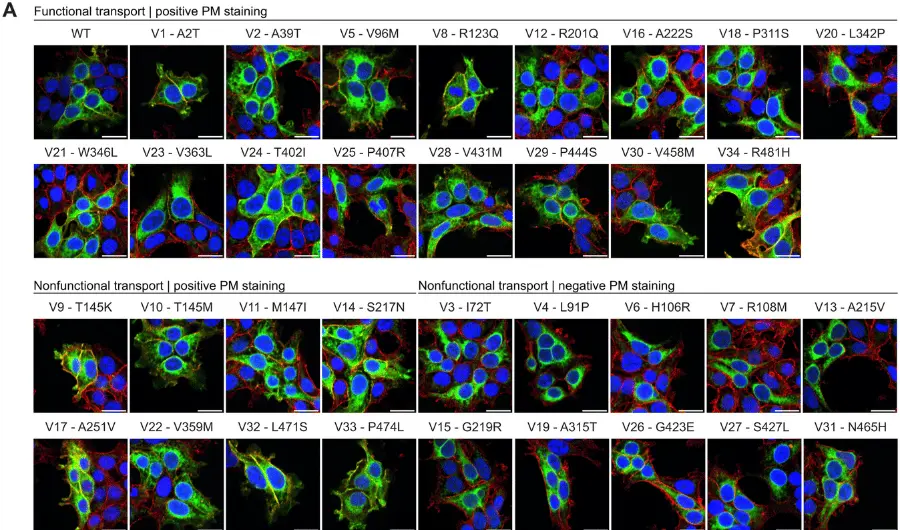Vagus Nerve Stimulation Generally Safe for the Treatment of Refractory Epilepsy in the CDKL5 Deficiency Disorder
July 23, 2018
BACKGROUND: Variants within the CDKL5 gene result in a severe epileptic encephalopathy now known as the CDKL5 Deficiency Disorder. Phenotypic characteristics include global developmental delay and early seizure onset with poor response to anti-epileptic medications. Vagus nerve stimulation (VNS) has been used in other populations as an adjunct treatment for refractory epilepsy with seizure reduction reported in over half of patients. This study aimed to investigate the role of VNS in the CDKL5 Deficiency Disorder.
METHODS: The International CDKL5 Disorder Database collects information on individuals with the CDKL5 Deficiency Disorder. Families provide information regarding seizure characteristics and their pharmaceutical and non-pharmaceutical management including VNS use. Descriptive statistics and time to event analyses were performed. Clinical vignettes were also provided from patients attending the CDKL5 Center of Excellence at Children’s Hospital Colorado.
RESULTS: Individuals who had a pathogenic CDKL5 variant and on whom information regarding VNS treatment was available were identified (n?=?222). Previous or current use of VNS was reported for 38 (17.1%), with a median age at implantation of 4.9 years. Improvements in seizure control were reported in over two-thirds (25/36, 69%); including reduction in frequency (17/25, 68%), duration (18/25, 72%) and intensity (15/25, 60%) of seizures. Median duration of VNS use before any seizure improvement was 73 days. Behavioural changes such as improved mood and alertness were reported in nine individuals. Early termination of VNS secondary to side effects was reported in three cases. There was no reduction in number of AEDs for those with VNS treatment.
CONCLUSION: This study suggests that VNS is a generally safe and effective adjunct treatment for CDKL5-associated epilepsy. Additional benefits such as mood and behavioural improvements provide further support of its use in the CDKL5 Deficiency Disorder. Future studies are required to determine the optimal settings and therapeutic potential for this treatment.







